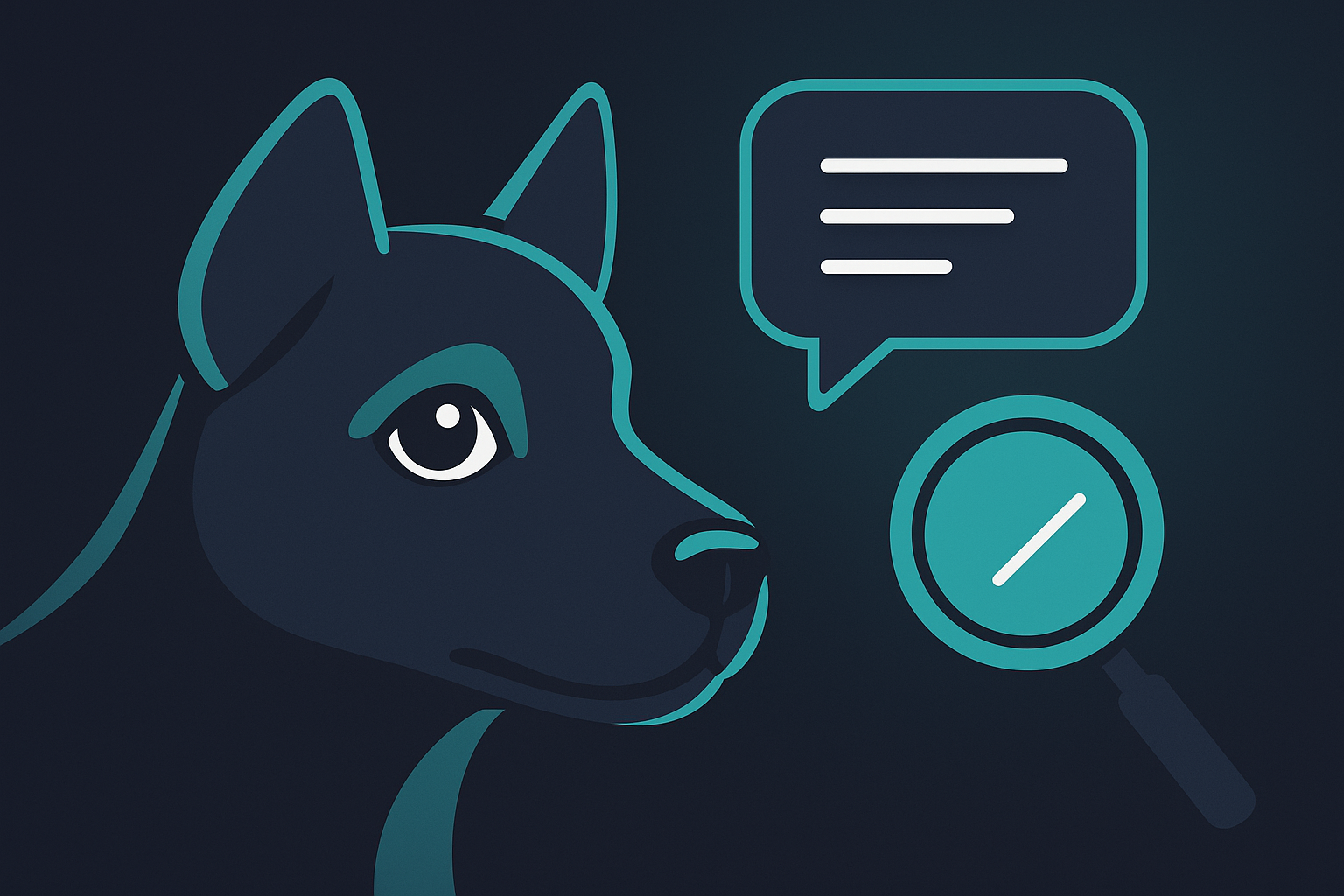The Subtle Power of the Dog Side Eye: More Than Just a Glance
Ever watched a dog give you that *look*—the one where they tilt their head, cock an eyebrow, and seem to be silently debating whether you’re a friend or just another human trying to steal their treat? If so, you’ve encountered what’s known as the dog side eye. It’s a fascinating communication tool—more than just a glance, it’s a nuanced language that conveys a complex mix of emotions, from suspicion to curiosity, or even mild disdain. But what makes this tiny facial gesture so compelling isn’t just its cuteness; it’s its power to reveal underlying perceptions and social dynamics—something we often overlook in our interactions, human or otherwise.
Decoding the Dog Side Eye: Beyond the Surface
The Language of Subtlety
Dogs are masters of non-verbal communication. They don’t have words, so they rely heavily on facial expressions, body language, and, yes, the side eye. It’s a way of saying, “I’m watching you,” without the need for barking or jumping. The side eye can indicate suspicion, mild annoyance, or even a hint of playfulness—depending on context and accompanying body language.
What’s especially interesting is how this small gesture packs a lot of information. It’s a form of social calculus—an assessment of trustworthiness, boundaries, or potential threats. Take a moment and think about how humans, consciously or unconsciously, use similar cues: a raised eyebrow, a skeptical glance, or a dismissive stare. The difference is that dogs communicate with a precision that’s often more honest because they lack the filters we develop over years of social training.
Implications for Human-Dog Relationships and Beyond
Understanding Our Canine Partners
Recognizing the meaning behind the dog side eye isn’t just about understanding dogs better; it’s about enhancing the bond. When we see that subtle look, we’re invited to interpret the dog’s emotional state—are they wary, bored, or just pondering their next move? Responding appropriately—perhaps with a gentle tone, a reassuring touch, or respecting their space—builds trust and reduces stress for both sides.
Lessons for Human Interaction and AI
But here’s where the analogy gets intriguing. Think of the dog side eye as an early form of *contextual signaling*—a way of communicating complex feelings with minimal effort. In the realm of AI and technology, we’re similarly learning the importance of subtle cues. Just as dogs use a side eye to communicate nuanced feelings, AI systems are beginning to interpret or generate subtle signals—be it in customer interactions, chatbots, or virtual assistants—that foster more human-like engagement.
Yet, the challenge remains: do we recognize and respond to these signals effectively? Or are we, as humans, still a bit blind to the quiet language of perception that’s unfolding around us? When we understand and respect subtle cues—whether from a dog or a digital assistant—we create environments where trust and clarity flourish.
Transformative Aspects and Practical Takeaways
How to Leverage the Dog Side Eye in Your Business
- Listen to the subtle cues: Just as a dog’s side eye tells you a lot about their mood, paying attention to small signals from your customers—be it a hesitant click, a pause in chat, or a hesitant review—can reveal underlying concerns or interests.
- Respond thoughtfully: When a customer shows signs of skepticism or hesitance, don’t dismiss it. Instead, address it directly, clarify misunderstandings, and build trust through transparent communication.
- Use non-verbal signaling wisely: Whether in branding, website design, or customer service, incorporate cues that signal confidence, empathy, and attentiveness. Sometimes, less is more—small gestures can make a big difference.
Next Steps for Marketers and Entrepreneurs
- Observe and interpret: Take time to study your audience’s subtle behaviors—online and offline. Identify patterns that signal engagement or hesitation.
- Refine your communication: Use language and visuals that acknowledge these signals. Acknowledge doubts or concerns openly, creating space for trust to grow.
- Iterate based on feedback: Just as dogs learn to trust through consistent signals, your brand can build stronger relationships through genuine responsiveness to subtle cues.
Ultimately, the dog side eye teaches us that sometimes, the most powerful messages are delivered in silence. By becoming more attuned to these small signals—whether in our pets, our customers, or in the digital realm—we gain a deeper understanding of trust, perception, and connection. And isn’t that what good business—good relationships—are all about?
Checkout ProductScope AI’s Studio (and get 200 free studio credits)

